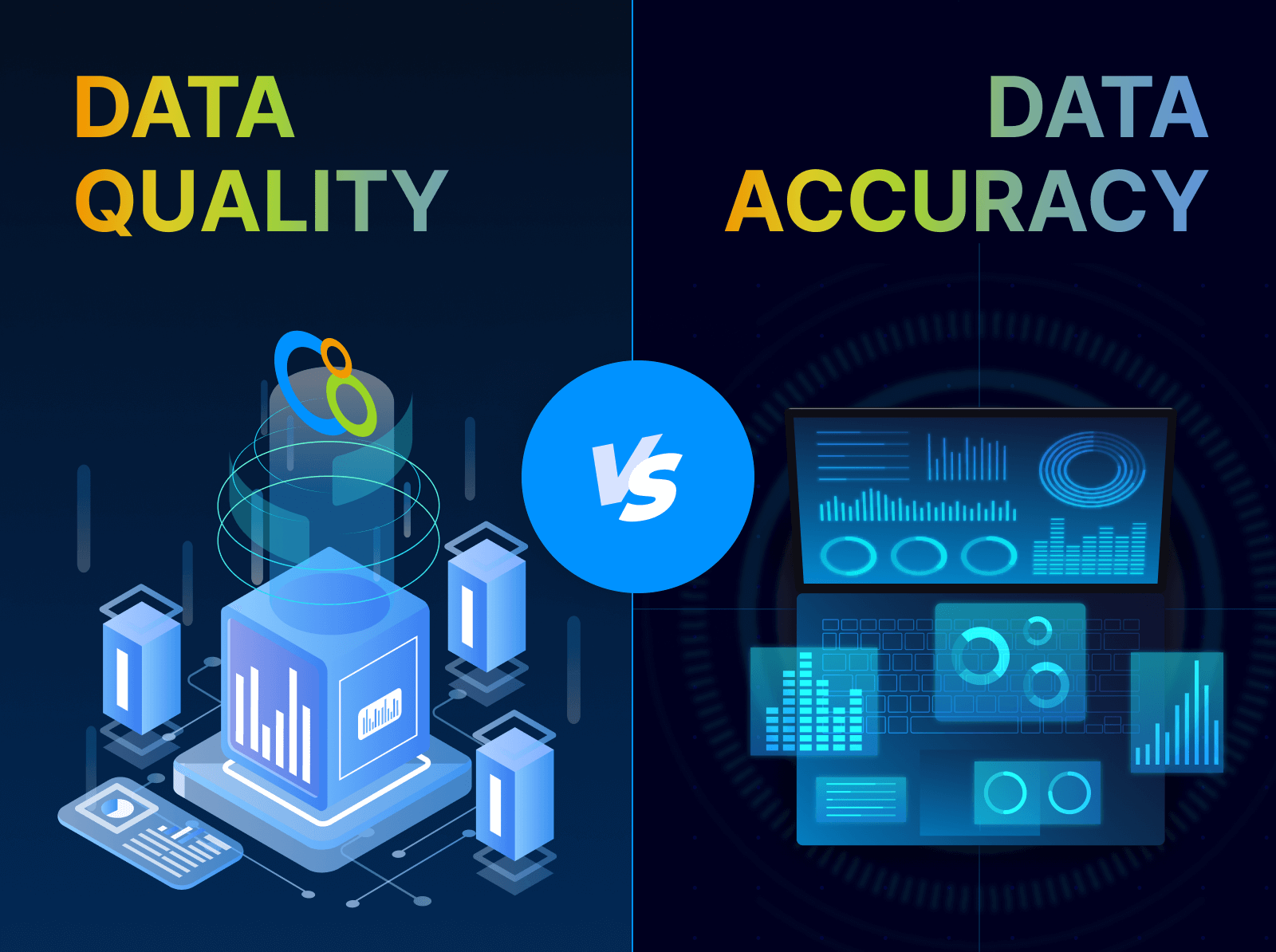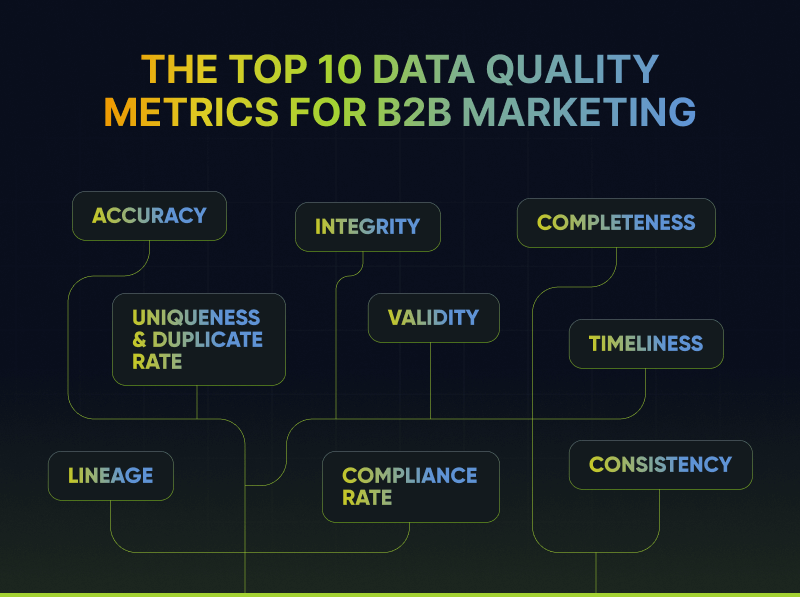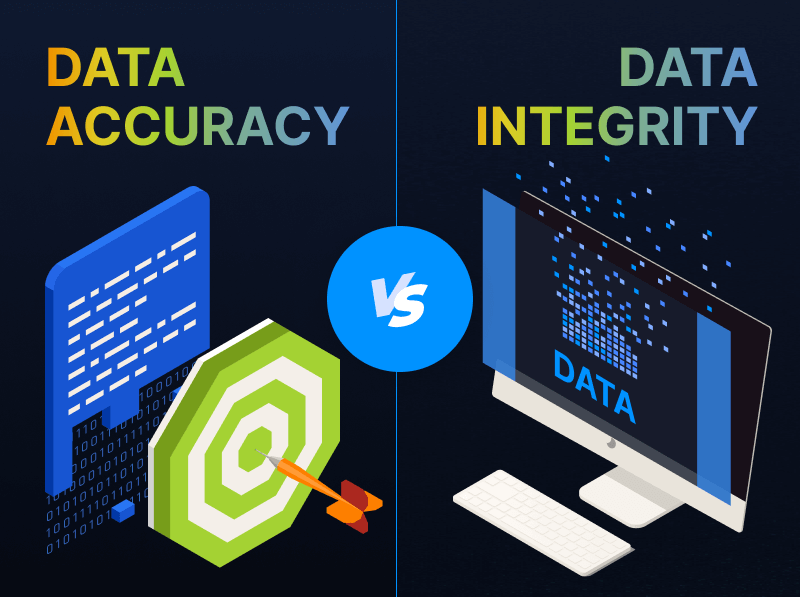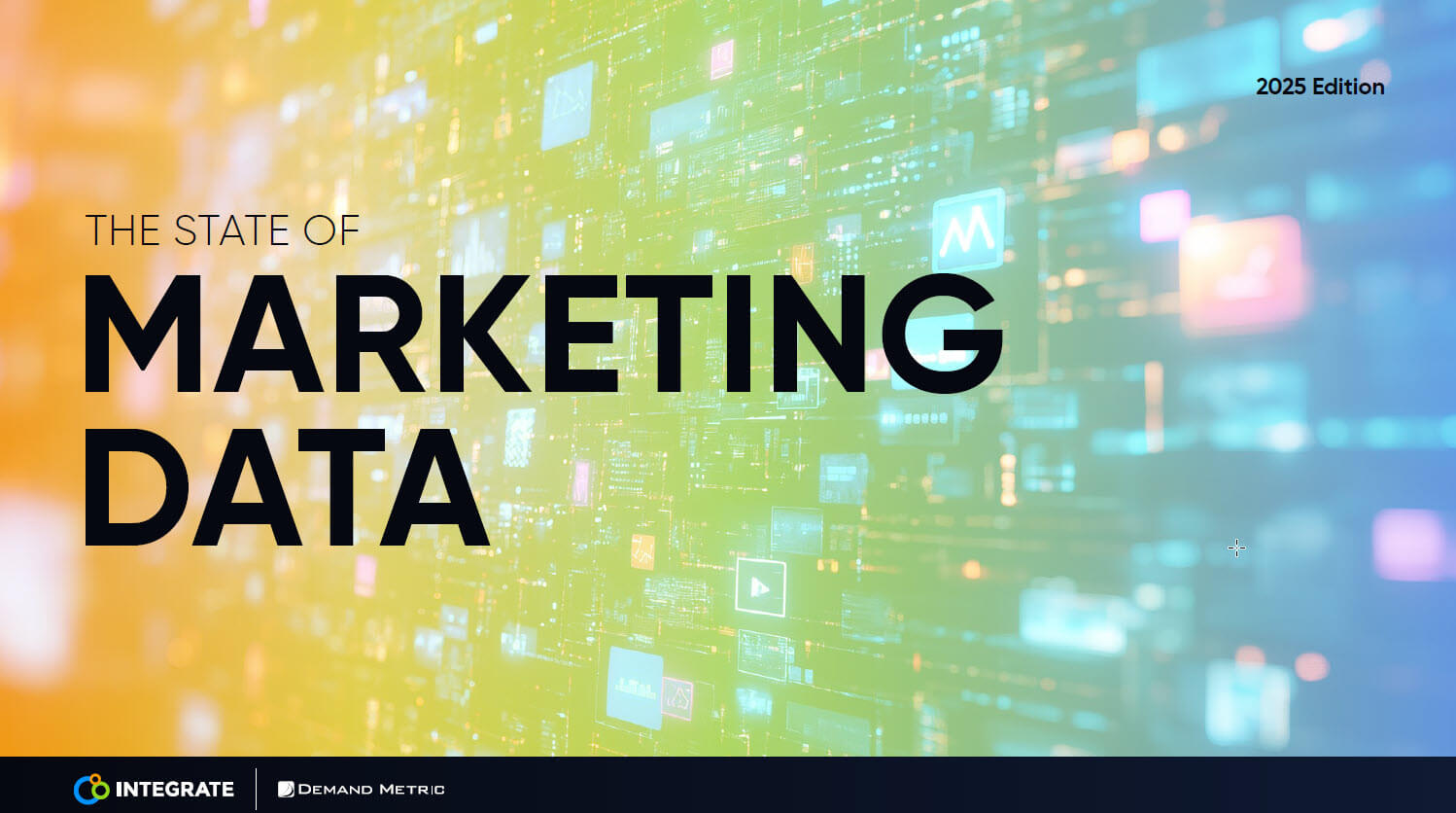Precision, Agility and Scale
B2B Marketing’s Imperatives to Deliver Revenue and Relationships in a Digital-First World
2020 – we pivoted, we navigated, we survived, and some B2B Marketing teams even thrived. It was an up-and-down, all-over-the-place year on so many levels. But, as we head into 2021, it’s time to heed the advice of many wise leaders – “never waste a good crisis” to change up our go-to-market approach and marketing model(s).
This advice has played out over and over. As history has shown, we experience big bursts of innovation during times of disruption and chaos. And, if we’re honest, the timing could not be better. B2B Marketing revenue strategies have become stale as most companies have executed the same formula largely driven by legacy automation (generate leads – automated email nurture – SDR outreach – Sales disqualifies – rinse and repeat).
Buyers and the accounts we covet are working remotely, they’re researching and making decisions to transform their business over multiple online sessions without the benefit of face-to-face collaboration. They are digital first. While B2B buyers have shifted the way they work, B2B marketing and sales teams are operating like it’s 2015. This is not a slight on effort, while we are still wrestling with marketing attribution and funnels and trying to figure out how to serve sales, our buyer’s process has changed.
The reality is there is only ONE PROCESS THAT MATTER’S – THE BUYER’S PROCESS. Marketing leaders must collaborate with sales as our partner and focus as the buyer as our customer. The more we embrace this fact and focus our strategy, resources and investments on evolving to how business gets done and decisions are made, the more value Marketing teams can deliver to serve both prospects/customers and our sales partners.
Marketing needs to play a larger role to support the full buyer’s process – identify, engaging, activating, building relationships and providing the right information at the right time as the become a new and growing customer. This shift requires a makeover or, at minimum, a next revolution of strategy. It doesn’t all have to be done overnight, next week or even next quarter but we must get started to align with the buyer’s process.
In working with hundreds of B2B marketing teams, there are 3 strategic, consistent mind shift changes required to move forward and align with how B2B buyers research, evaluate and make purchase decisions and investments. And, to partner with Sales teams to deliver on the full buying process and experience.
These areas of mastery are PRECISION, AGILITY, and SCALE. This is a mentality and key part of Marketing’s approach when evaluating and committing to strategies, choosing technology, and organizing your talent and teams. They should be built into your infrastructure, processes, programs, campaign framework, data models, analytics and the collective effort and deliverables from marketing.
Let’s break these down a bit further into the role these essential capabilities should play in your B2B marketing go-forward strategy.
Precision
Marketing is not only on the hook to generate demand, but we must also deliver revenue, develop relationships and position the business for short-, mid- and long-term success. Budgets and resources are finite so prioritizing where to focus – markets, accounts, geos – and how to deploy resources against your best opportunity is essential. Many marketing teams fall short by not picking a focus and instead become the tail whipped around by changing sales requirements and executive whims. Just as important, your prospective buyers and customers expect precision in the form of personalized and relevant outreach, communications and responsiveness.
Precision starts with an understanding of your buyers, accounts and market segments – using data to guide your effort. This advances by identifying the right accounts and developing content, campaigns and programs that are delivered to the right buyers that make up the buying group with the right info at the right time. Easy to say but difficult to do if you’re still dealing with siloed data, teams and processes, and focused on meeting sales needs first. The days of ad-hoc and random acts of marketing are gone – your prospects and customers demand more (or they will go someplace else).
Here is the rational case for precision marketing:
- Only 15% of the accounts – maximum – are in market at any one time for your solution*
- the number of touches for an average buying process has increased from 15-17 to 22-25 as the world has gone digital**
- and the number of pros involved in a business purchase has increased from 6-10 from 12 – 15.**
*Bombora intent data 2020; **Forrester Research 2020
We cannot keep pushing campaigns, throwing staff, or deploying shiny technology at the challenge. Nor can we just create more leads or build a bigger database or launch more programs. This does not mean we need to be perfect. Precision – strategy, targeting, content, budgeting – is an imperative for Marketing to deliver and contribute to revenue and the business.
Agility
Global uncertainty, the accelerating pace of change and dynamic markets all require us to embrace and build agility into marketing. The strategy and plan we created last quarter for the coming year needs to be constantly evaluated, aligned with the market, and anticipate changes with your buyers and in your business.
Agility is both a mindset and an applied science that marketing teams deploy to driver better results faster, no matter the state of the markets you serve. Scott Brinker, the godfather of martech, has been touting the importance of agile marketing for the last 3+ years, comparing marketing to how software approaches agile development.
“Those teams that adopt agile marketing can handle fast-paced work better. They are more aligned on strategy and vision better. And they can take advantage of emerging opportunities better,” Brinker shares in a post referencing the research report “The State of Agile Marketing” published by Andrea Fryrear. This report found:
- Agile marketing adoption is up from 32% in 2019 to 42% in 2020
- 74% of agile marketers report they are satisfied or very satisfied with the way their marketing department manages work.
- The number one reason marketers adopted agile, cited by 58%, was because it improves productivity; the number two reason, cited by 54%, was because it enhances the ability to manage changing priorities.
While agility is a mindset, we’ve learned from agile software development that it’s important to have a framework to manage, measure and execute over time. There is a useful article about options published in MarTech Today recently, breaking down a few options. The approach is based on your goals, team size, experience and company culture, to name a few.
Some questions to ask and assess your readiness and commitment to an agile marketing approach:
- Is your marketing and company leadership committed to an agile marketing change management effort?
- Have you hired / do you have talent to help manage and deploy agile as a framework? (for example, change management, program management, data science, software development)
- If a pandemic or economic crisis hit, how long would it take you to adapt to changing markets? Do we have a plan and would core team members know how to respond?
If 2020 shone the light on any topic, Marketing must be mentally and literally prepared to pivot and adapt with the business.
Scale
Most teams can adapt and figure out how to do something with enough people and budget, once. Mid- to long-term success, predictability and impact require our ability to deliver globally in a standardized, measurable way across product lines, regions and market segments. This is essential for growth, mid-market and enterprise marketing teams.
Today, we see “growth marketing’ everywhere. Growth is not scale. Scale is about creating business models and designing your organization in a way that that delivers consistent revenue growth without adding a ton of extra cost and /or resources along the way.
This is where “Revenue/Marketing Operations” and advanced organizational techniques such as “Global Demand Centers” come into play. These are purposeful teams and models that can help drive scale by leading change and managing streamlined processes, connected workflows, robust analytics, shared practices, and an integrated infrastructure within marketing and across the company. For emphasis, product, sales, finance and customer success must also be ready to scale with Marketing.
As Tommy Jenkins, VP of Global Demand Marketing at Veeam, the leader in cloud data management, shares, “We see scale as required and even sexy. In fact, it’s a scoped requirement as we build out our Global and Regional Demand Centers and evolve our business to address the opportunities of the Cloud.”
Jenkins adds a broader view from his chair, “It really is about precision, agility and scale these days. The tough part is that they are often in tension with each other. To me scale is often the final test. Loads of marketers can pull off precision and agility. For example, we spun up a brand new, hyper-customized, 1 to 1 ABM program in just a few months this fall. It was hard work, but we got it done. We did it for 37 accounts globally. How do we do it for the next 100, 500, 1000? Adding scale into the mix is what separates the great from the amazing.”
Another common challenge in our quest to scale is around your marketing technology stack and automation. Technology is essential, but it’s not the sole answer. In fact, many teams make the mistake of throwing technology at the challenge which can quickly turn into too much tech to manage and lots of “shelfware”. Like all successful initiatives, smart solutions start with a rock-solid strategy and our supported by technology, data and process.
Here are tangible outcomes to aim for and signals that demonstrate you are scaling your Marketing effort:
- Customer Lifetime Value (LTV) and profitability is increasing
- You’re growing revenue while reducing Customer Acquisition Costs (CAC)
- Revenue-to-marketing expense and employee headcount is increasing
- Your field teams are using standard playbooks and can meet unique market/geo requirements
Precision + Agility + Scale – B2B Marketing’s Imperative
Chaos abounds. Marketing is ripe for disruption. Now is the time to get control and build these capabilities – Precision + Agility + Scale – into your Marketing strategy, process and infrastructure. The payback: more buyers (and accounts) will want to do business with your brand and your executives will empower and trust you to invest company resources. This puts you in the ultimate business seat at the table – Marketing is making money and saving money!









